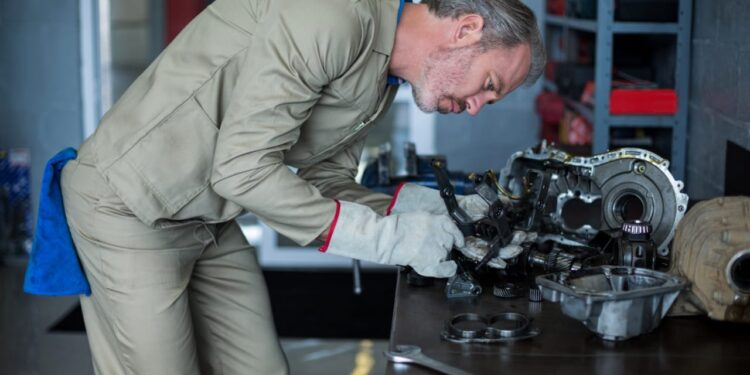In the realm of industrial applications, the importance of reliable fastening solutions cannot be overstated. One such crucial component that has gained widespread recognition is the threaded inserts. These components are essential for providing strong and durable assemblies, especially in materials that cannot withstand tapping operations or direct threading.
The Role of Threaded Inserts in Industry
Threaded inserts play a pivotal role across various industries by ensuring that assemblies are both robust and reliable. They are particularly useful when dealing with softer materials such as aluminium, brass, or plastic, which might strip under stress. By using threaded inserts, manufacturers can reinforce the stability of their products, thus enhancing the longevity and performance of their applications.
Advantages of Using Threaded Inserts
One of the primary advantages of threaded inserts is their ability to distribute stress across a larger area. This distribution prevents the material from becoming overstressed, thereby reducing the risk of damage. Additionally, they offer improved wear resistance, especially in applications subject to frequent assembly and disassembly. This makes them ideal for machinery fixtures and other applications where maintenance is regularly performed.
Variety and Versatility
Threaded inserts come in a variety of sizes, materials, and configurations, which makes them versatile for different applications. Whether it is for electronic housings, engine components, or furniture manufacturing, the adaptability of threaded inserts helps meet specific application requirements. Their versatility extends to specialised sections of the industry, ensuring a customised fit for every project.
Materials and Types
Threaded inserts can be crafted from a range of materials, including steel, brass, and stainless steel, each offering distinct advantages. Steel inserts are known for their durability, while brass provides excellent corrosion resistance and electrical conductivity. Moreover, stainless steel inserts are favoured for their strength and resistance to environmental factors, making them suitable for outdoor applications.
Installation Methods
The installation of threaded inserts involves various techniques, depending on their design and material composition. Common methods include press-fitting, ultrasonic insertion, and heat-staking. Choosing the right installation method is crucial as it affects the performance and reliability of the assembly. Each method caters to specific materials and application needs, ensuring a secure fit.
Applications in Electronics
In the electronics industry, threaded inserts are invaluable for creating secure enclosures and fastening components without damaging delicate PCBs. They provide robust connections that can endure vibrations and frequent usage, thus helping maintain the integrity of the assembly and avoiding potential malfunctions.
Use in Automotive Sector
The automotive industry relies heavily on threaded inserts for assembling various engine components and body fittings. Their strength and durability help tolerate the intense vibrations and temperatures encountered in automotive environments, ensuring vehicle reliability and safety.
Furniture Manufacturing and Assembly
In furniture production, threaded inserts are used to construct flat-pack furniture, allowing for easy assembly and disassembly. This not only facilitates shipping and transportation but also provides end-users with the ability to reassemble items with minimal effort, ensuring customer satisfaction.
Customisation and Innovation
Manufacturers can request customised threaded inserts to meet specific engineering requirements. Recent innovations in material science and production techniques have enhanced the properties of these components, allowing them to meet emerging industry demands and applications.
Improving Product Lifecycle
The use of threaded inserts can significantly extend the lifecycle of industrial products. By improving wear resistance and the ability to handle repeated disassemblies and assemblies, these inserts contribute to sustainable practices by reducing waste and the need for replacements.
Environmental Considerations
As the focus on environmentally-friendly manufacturing processes increases, threaded inserts present an opportunity to reduce environmental impact. Their longevity and recyclability make them a preferred choice for eco-conscious companies aiming to minimise their carbon footprint.
Choosing the Right Supplier
When selecting threaded inserts for industrial use, partnering with a reputable supplier is crucial. Quality suppliers offer not only a wide range of insert options but also provide technical support and customised solutions tailored to specific industrial needs. Choosing a trusted supplier like Maxiloc ensures access to high-quality inserts that meet stringent standards.
Conclusion: Optimising Assemblies with Threaded Inserts
To conclude, threaded inserts are indispensable in enhancing industrial applications by offering durability, flexibility, and strength. With a variety of types and installation methods available, they cater to a wide range of requirements, aiding in the improvement of product performance and lifespan. For industries committed to quality and sustainability, investing in high-quality threaded inserts is a strategic choice, and working with established suppliers guarantees the highest standards of product excellence.





